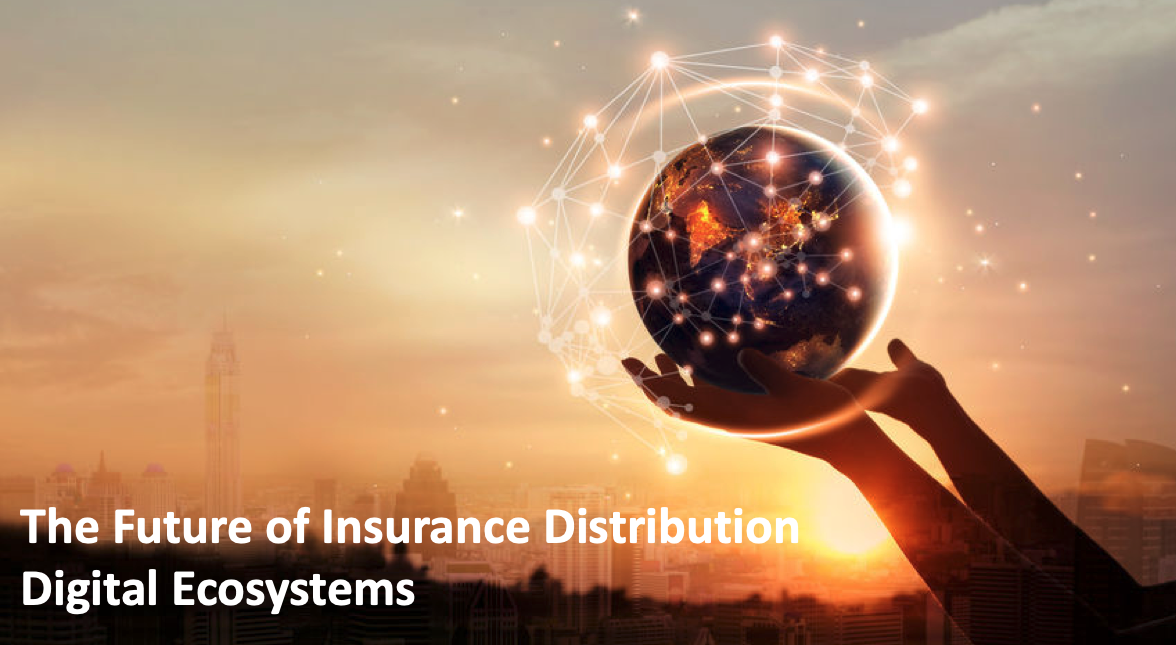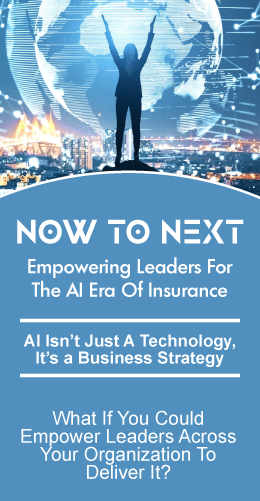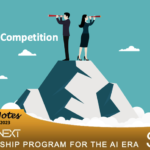
The way insurance is purchased will change dramatically in the very near future. Insurers, Brokers, and Agents need a strategy if they intend to survive. Digital Ecosystems are growing and maturing to support every part of our personal and business lives and activities. They provide a marketplace of services and products that are increasingly connected to us and the world around us. Services and products that leverage data, and machine learning to provide highly personalized offerings. It is within these digital ecosystems that the future of insurance is being forged. A future that will change everything we know about insurance distribution.
Many insurers are already on the road to becoming customer-centric. They’re not alone. Not surprisingly the ecosystems that are forming around insureds have the same goal. The difference is that rather than focus on a single aspect of a person’s or a business’s needs, they are delivering clusters of services that offer a far more holistic approach to meeting those needs in a way that is integrated into the way people live, and business work.
Insurers that expect to survive and thrive in a world of digital ecosystems and marketplaces that provide blended services offerings need to rethink their distribution strategies. They need to move from their existing product-centric distribution paradigm, and instead develop strategies based on the buying trends emerging for consumers and businesses. The following trends are taken from multiple studies and reports.
Consumer Purchasing Trends
Customers are now searching for the things they want across multiple channels, channels that reflect their values and lifestyle. They also want blended and integrated shopping experiences that combine physical and digital channels. Comparison shopping is increasingly a requirement among buyers. If they can’t easily compare a product or service with others, they will likely avoid purchasing the product they can’t compare. They expect and seek interactive media that includes voice and video to help them assess and select the best option. They are increasingly attuned to brands and buying experiences that reflect their own Social, Sustainability, and Climate Activism. They seek brands and buying experiences that are authentic and that they can trust to be objective. Finally, they favor brands and buying experiences that are active and responsive on social media.
Business to Business Purchasing Trends
Business buying trends are reflecting similar patterns and preferences to those of consumers above. They too are doing more searching and purchasing online. They are increasingly skeptical of salespeople. In their online searches, they are looking for high quality, factual, objective information. Information that is simple and easy to understand. They too increasingly prefer interactive video and voice media as a way to gather knowledge. Another trend is that the circle of decision-makers and influencers is expanding. They, like their consumer counterparts expect personalized solutions and services for their business and rapid response to their needs and questions. They are also looking for suppliers and partners that focus on empowering them and their decision-makers to make better, faster, more informed decisions. A number of larger companies are developing digital ecosystem strategies and partnerships to better meet these needs.
Digital Ecosystem Insurance Distribution Strategy – Starting Points
It starts with letting go of your existing distribution paradigm and stepping into the future. A future in which customer engagement, purchasing, and support take place through ecosystem-based digital services and solutions surrounding the customer. Solutions that are highly personalized to the customer. Once you establish that strategy, you can work backward and develop a transition strategy that enables you to move from your current distribution models to ones that will thrive in a world of digital ecosystems.
Next, you have to develop a deep understanding of who your customer is as well as the digital ecosystems and platforms that are emerging to support them.
Once you have built those profiles, the next question is which ecosystems, platforms, and solutions are most closely affiliated with the risks customers are currently facing or are about to face?
With that information, you can then select ones that will enable you to deliver the information and decision making support in a way that aligns with the customer purchasing trends outlined above. Key to your digital ecosystem distribution strategy is an infrastructure that provides a seamless integrated multi-channel experience. An experience that keeps all participants informed of the end customer’s, needs, status, coverage, and the kinds of information they need and or have already consumed. This will require a clear understanding of the role the participants in the distribution channel play. It will also require an infrstructure that enables the customer to permission participants to see their data.
Product strategy and business models need to be developed in conjunction with your digital ecosystem distribution strategy. This merits a separate discussion and thought process so we will just hit the key points in this post. Future digital ecosystem ready insurance solutions and business models need to include offerings that can be integrated into other platforms, services and solutions. Personalized solutions that leverage ecosystem data to determine context, need, and individual preferences. Further products will need to be tailored to the distribution channel and ecosystem they are offered through. Obviously, both product and distribution models need to align with regulatory requirements.
Digital Ecosystem distribution strategies aren’t either-or propositions. Digital and human interaction will be required across multiple channels. Exactly what the blend is will be driven by the customer and their unique needs and preferences. To stay relevant in a digital ecosystem world, the traditional agent/broker channel will need to be digitally augmented and integrated into the customer’s journey when and where needed. They will need to be provided with information that enables them to add personalized and contextual value at the point they are brought into the customer’s knowledge or acquisition process. This must be part of the insurer’s transition plan.
Digital Ecosystems present an amazing array of distribution options and opportunities, coming to the game late isn’t one of them. They offer an opportunity to provide value in new and unique ways to the end insured and to other solution providers that are trying to help the insured achieve their life and business goals more effectively. They also support emerging purchase trends and preferences for personal and business customers. Building a successful digital ecosystem distribution strategy requires new ways of thinking, new product, and business models, and next-generation infrastructure and operations to support them. While this may seem a daunting task, its a lot less daunting than trying to save a company that comes late to the game, and tries to play catch up, after others have already cemented ecosystem relationships and built leading positions within them. The mandate is clear. Get started now, keep it simple, learn as you go, land and expand quickly.
Your thoughts and input appreciated.







